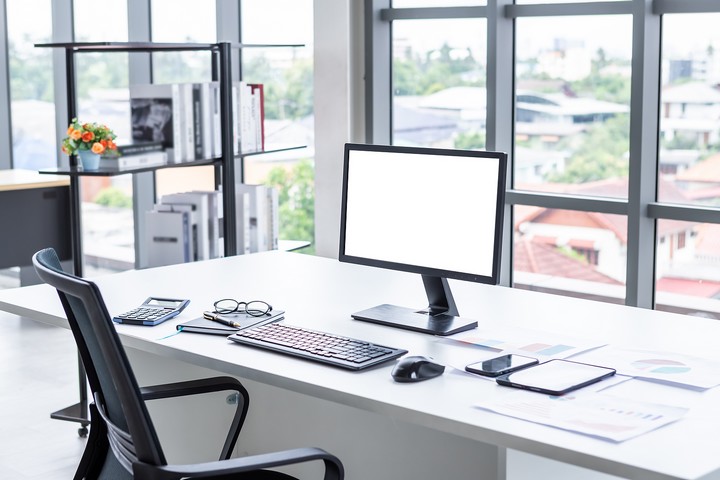
Whether you work from home five days a week or simply from time to time, you need to have a dedicated workspace. It should be comfortable, functional, and quiet so you can easily focus on the task at hand.
You should be more productive when working from your home office, even if it’s just a corner of your home instead of a full room. From getting a desk that helps you save some space to soundproofing the room’s walls, a home addition contractor has many ideas. This expert can help design a productive working space in your house.
Let’s learn how to customize your workspace.
Idea #1: Make the most of any space with a fold-down desk

It’s not a good idea to work from a corner of your dining table or, worse, to sit on the couch with your laptop on your lap. Even if you don’t have a lot of space in your home, you need a comfortable desk.
One good option is to get a fold-down desk or to make your own if you are handy with tools. Simply mount your fold-down desk to a wall to make the most of any space.
When you need to work, fold down your desk. Simply fold it back against the wall to make it disappear. You can couple your desk with a folding chair, as long as it’s comfortable.
Idea #2: Hang shelves inside a closet for a discreet workspace
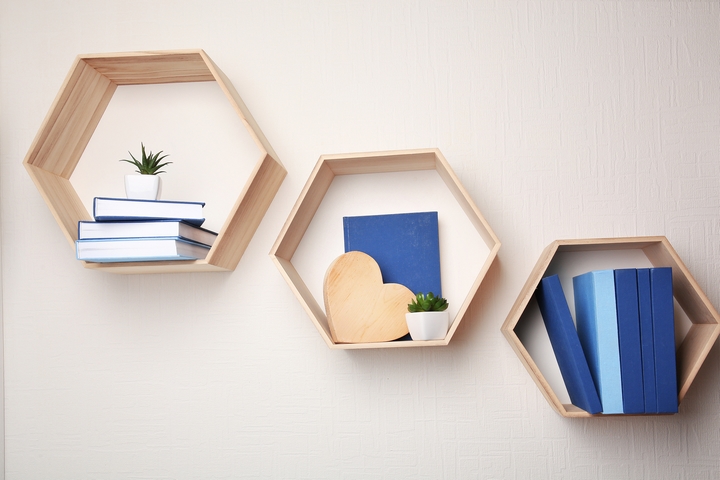
You could transform a closet into your home office with enough storage space.
Paint the inside of your closet, or install beautiful wallpaper. Get a desk, a chair, shelves, and perhaps a file cabinet. You should have enough space to fit everything you need for your work, even with a desktop computer with a bulky printer.
At the end of your work day, you can simply close the doors of your closet office and walk away from it.
Idea #3: Create a custom built-in desk for your kitchen
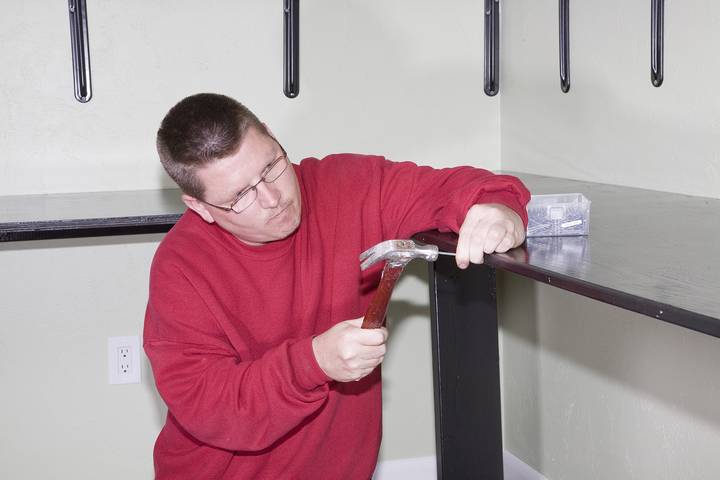
If you can’t dedicate a closet or an entire room to this renovation project, you could turn a corner of your kitchen into a convenient home office. A built-in desk with shelving, drawers and cabinets should do the trick. Make sure it fits with your overall kitchen decor unless you want your office corner to look out of place.
You will always be close to the coffee machine while you work, and your children could even use this workspace to do their homework in the evening.
Idea #4: Transform a spare bedroom into your home office
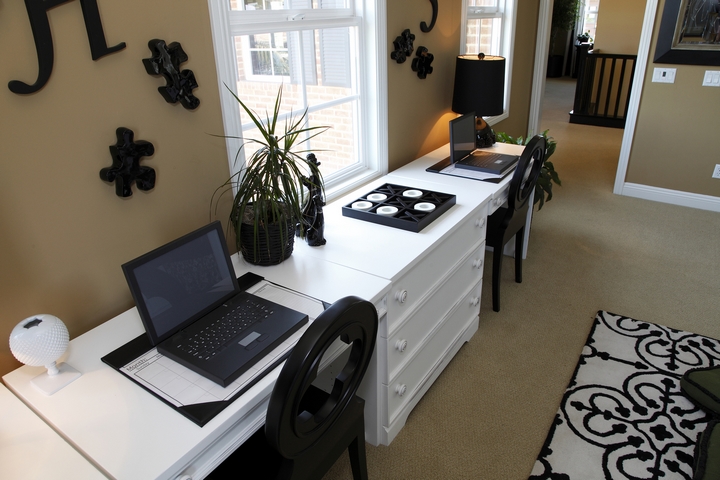
If you have a spare bedroom you never use, you should transform it into a beautiful home office. Ideally, the room should have large windows that let in plenty of natural light, but you should also make sure it has overhead lights.
Decorate the space however you want, and get a desk, a comfortable chair, a file cabinet, and perhaps even a small couch on which you can sit and relax whenever you need a small break.
Having a dedicated room for your home office is a great option if your clients visit you occasionally or simply if you want to avoid getting distracted by your family while you work.
Idea #5: Install a wall bed in a guest bedroom
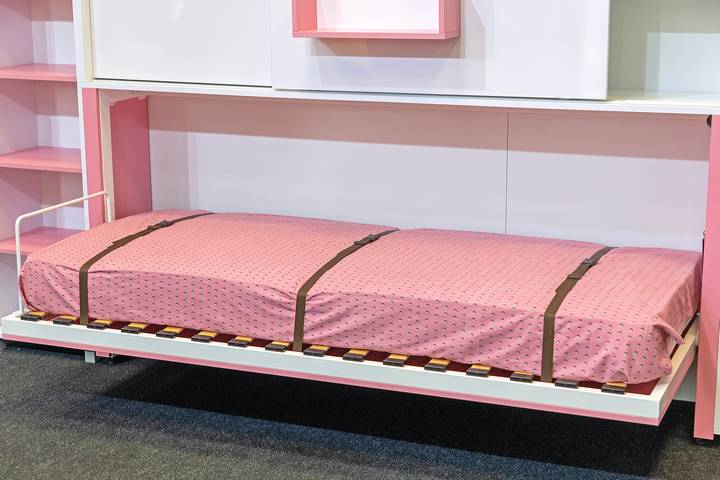
If you want your guest bedroom to remain a guest bedroom, you could make some compromises. Install a wall bed or a Murphy bed.
When it’s time to work, you can push the bed against the wall to make it disappear and enjoy your home office.
Whenever you have guests, fold down the bed. And be sure to put your important documents and work equipment away so your guests can feel more at home in their bedroom. You could simply store everything in a tall cabinet, for example.
Idea #6: Get more storage space with custom shelving
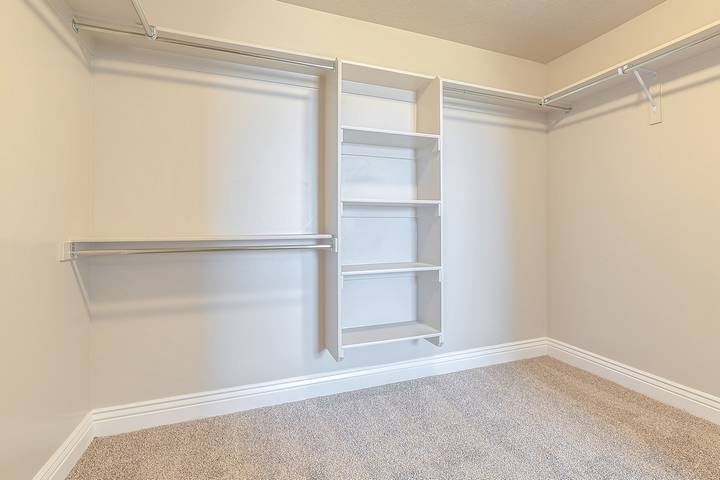
You must get plenty of storage space no matter where you choose to set up your home office. Otherwise, your desk could get cluttered if you don’t know where else to keep all the stuff you need for your work.
Custom shelving can be designed to match the decor of the room perfectly. Depending on your needs, you can get as many or as few shelves as you want.
Idea #7: Soundproof the walls of your home office

The last of our home office renovation ideas is to soundproof the walls of your home office. If you need peace when you sit down at your desk to work, this is a feature you will enjoy.
There are different ways to soundproof a room. You can remove the drywall, fill the gaps with spray foam or a damping compound, and put the drywall back in place.
For a cheaper option, you can cover your walls with soundproof wallpaper, hang decorative tapestries in front of them, or hang some acoustic wall panels.









